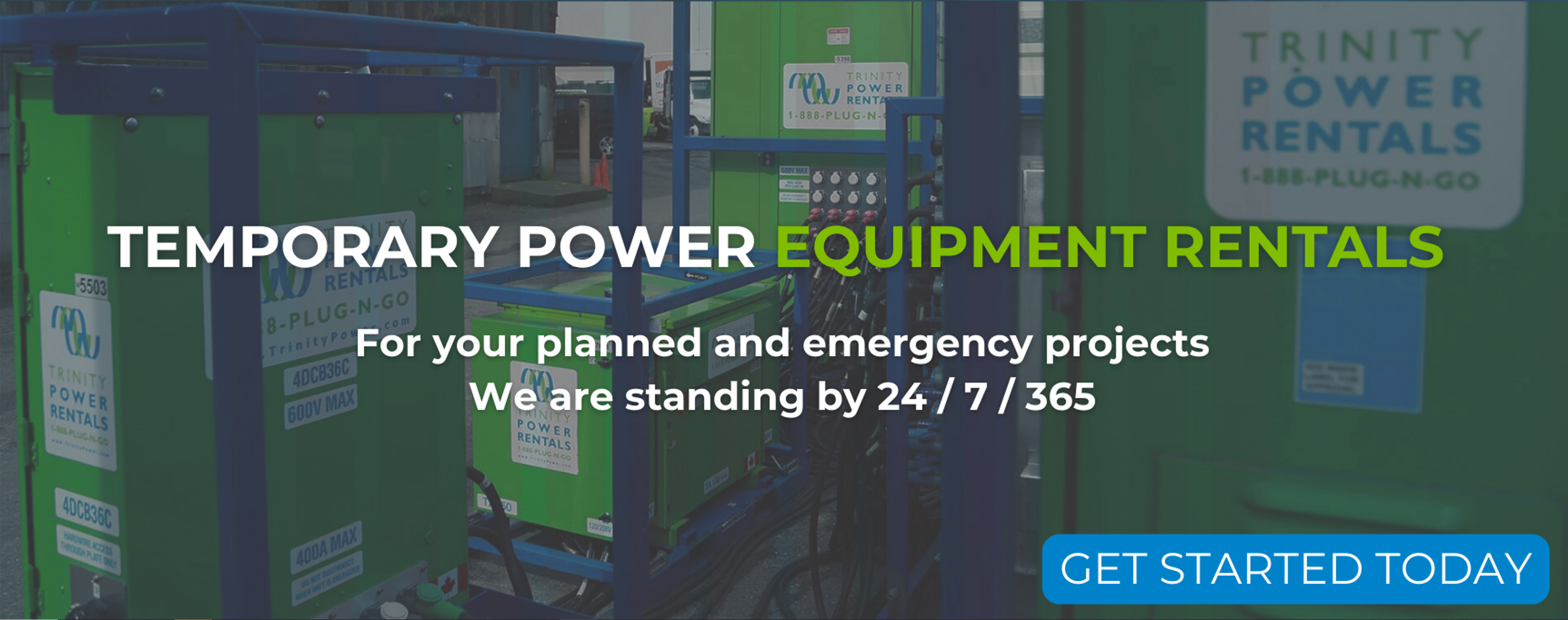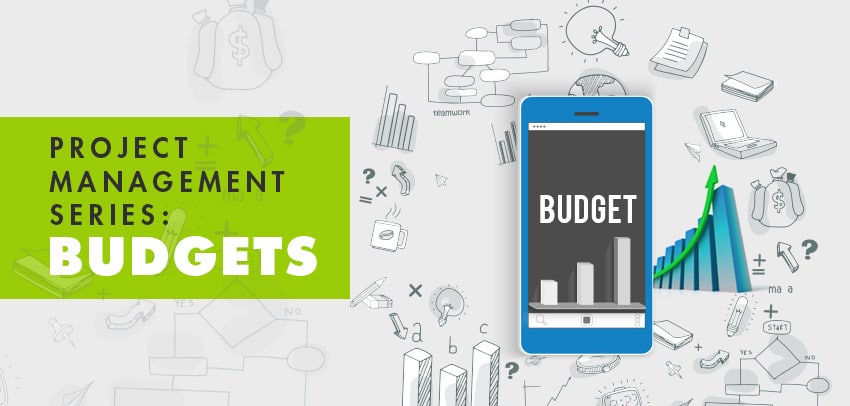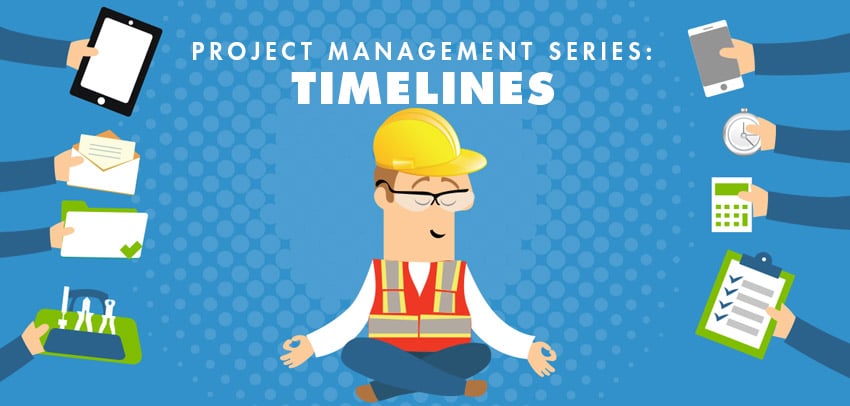- OUR APPROACH
-
COMMITTED TO YOUR SUCCESS
Our approach, developed over decades of experience, is fine-tuned to get the results you want.
We deliver concept-to-completion solutions, designed by temporary power specialists with access to the largest inventory of high-quality power generation and distribution equipment in North America.
-
- Equipment
-
RENTALS
From a wide range of diesel and natural gas generators to transformers, cable, light towers and more, our large rental fleet and extensive vendor network ensure we’ll have the temporary power equipment that your project requires — every time.

-
- Industries
-
INDUSTRIES WE SERVE
For nearly 20 years, we have been at work powering projects across Canada’s industrial sectors.
Select from this sampling of industries to learn how we can put our expertise to work for you.
VIEW ALL- Projects
- About
-
A PROUD HISTORY. A BRIGHT FUTURE.
From our inception in 1998, we have been building our team on a foundation of excellence. Our team members’ passion, expertise and commitment are what have allowed us to grow into a national company with projects across Canada.
Click on the links to learn more about our history, our team or our career opportunities.
- Blog
- Contact
-
From timelines to budgets to the certainty that things will change, project managers have a lot to think about. At Trinity, we’re no strangers to project management — we do a lot of it. And we are always looking for ways to do it just a little bit better.
We’ve spoken to several project management experts, including one of our own, to ask about the top tools, tips and strategies that they use to keep their projects running smoothly and efficiently.
This month, we’re starting with the glue that holds it all together: communication.
How Important Is Communication?
“That’s where it all kind of starts and stops,” says Frank Wimberley, a project director in the mining and oil & gas sectors. “If you go and hide in a corner and do a great big schedule, or you come up with a wonderful cost estimate, but you don’t communicate that, there’s not much point.”
Pete Jensen, an industrial project manager and estimator at Houle Electric, also considers communication vital to the success of a project: “There are always so many new drawings or change orders or different things going on,” he explains, “So it’s important for us to always keep everyone in the loop of if something’s been changed.”
So how do the experts communicate?
Make a Plan
Many of the projects that Wimberley is involved in are, as he puts it, “contentious”, which makes communication all the more important. “We put together a communication management plan,” he explains. “It’s basically a document that says who all the stakeholders are: you have the immediate team who report to you as the project manager, then you have other stakeholders who might be internal to the company, and then a whole raft of external stakeholders who might be impacted by the project, positively or negatively.”
The communication plan details how often each stakeholder group needs to be updated, what needs to be communicated to them, and whose job it is to do the communicating. It also outlines what onsite workers are authorized to say when they are questioned by external stakeholders, and who they should direct people to for further information.
Having a plan in place, and ensuring that teams are well-versed in its contents are integral to the smooth operation of a project. “We do a lot of environmental impact work, and a lot of it is quite contentious,” says Wimberley. “It only takes one vocal stakeholder to have a lot of damaging impact.”
Communicate In Person
Menno Huizinga, a project manager in the subsea technology industry, is a big fan of face-to-face communication: “When you really sit down with someone and get to an agreement of, hey we really need this done by a certain time, and this is what the scope is, and these are my expectations, it comes across.”
His theory is that non-verbal communication (for example, body language and facial expressions) plays a big role in getting information across.
The effectiveness of communicating in person might also have to do with comfort-levels. “I think people are more comfortable asking questions when it’s face-to-face, as opposed to a phone call or even via email.”
So how does Huizinga capitalize on this understanding? “When I’m on a project where the timeline is such that a deliverable is coming close and I know that we have to give everything to meet that milestone, I try to have a 5-minute daily or every other day meeting with the team and just make sure that everyone knows what the critical path items are that are being worked on, and what the expectations are for a successful completion.”
Use Email Effectively
Jensen doesn’t always have the option of face-to-face meetings, so his go-to communication platform is email. “A lot of the time, our sites don’t have cell service. They’re a class 2 div 1 area, so they’re not allowed to carry cell phones with them,” he explains. “It’s a lot easier to be sending email so when they go back to their trailer at breaks, then they can follow up and get better communication that way.”
Jensen also likes the ability to communicate with several people at once. “You can CC multiple people, so you’re not relying on one person to pass that information along to 2 or 3 other people that need to know it.”
Nick Foster, a senior project manager here at Trinity Power, stays on top of things using a combination of an effective email filing system and the Salesforce CRM system (which he also uses to manage timelines — a topic we’ll be covering in a future post).
“As a project comes in, I put it into Salesforce in order to track all my communication,” he explains, adding, “To stay on top of emails coming in from multiple projects, I have a filing system: emails stay in my inbox until they’re dealt with, and then they’re filed away into project folders and sub-folders. This allows me to see that everything’s been done that needs to be.”
Use a Whiteboard
A favourite communication tool of Huizinga’s is the whiteboard. “Usually I use a whiteboard to kind of lay out the path for that week, or the period that’s ahead of us,” he explains. “Then you can go back, and see, oh yeah, this is what we’ve agreed, this is what was supposed to be done, and when it was supposed to be done.”
Huizinga also uses a digital whiteboard, Microsoft’s One Note, to get everyone on board (so to speak). “It’s basically a whiteboard on your computer screen where people can write and add things — hyperlinks, links to information, images,” he says, adding that, “Everyone can use it at the same time. You can see who added and changed which information.”
Huizinga has found this tool particularly useful when face-to-face meetings aren’t possible. “You don’t have to be in the same space to work on it.”
Communication Isn’t Easy, But It’s Worth It
“A lot of folks come out of engineering and the sciences, and they’re naturally introverted and they don’t like speaking to people,” says Wimberley, “but it’s part of the job, to communicate.”
Huizinga agrees: “You have all sorts of tools on the internet, from free tools that you can use to really expensive tools, but I think what it really comes down to in the end is good communication.”
As Wimberley says, “Communication is what keeps things going.”
Related Articles
Subscribe for access to exclusive content



















